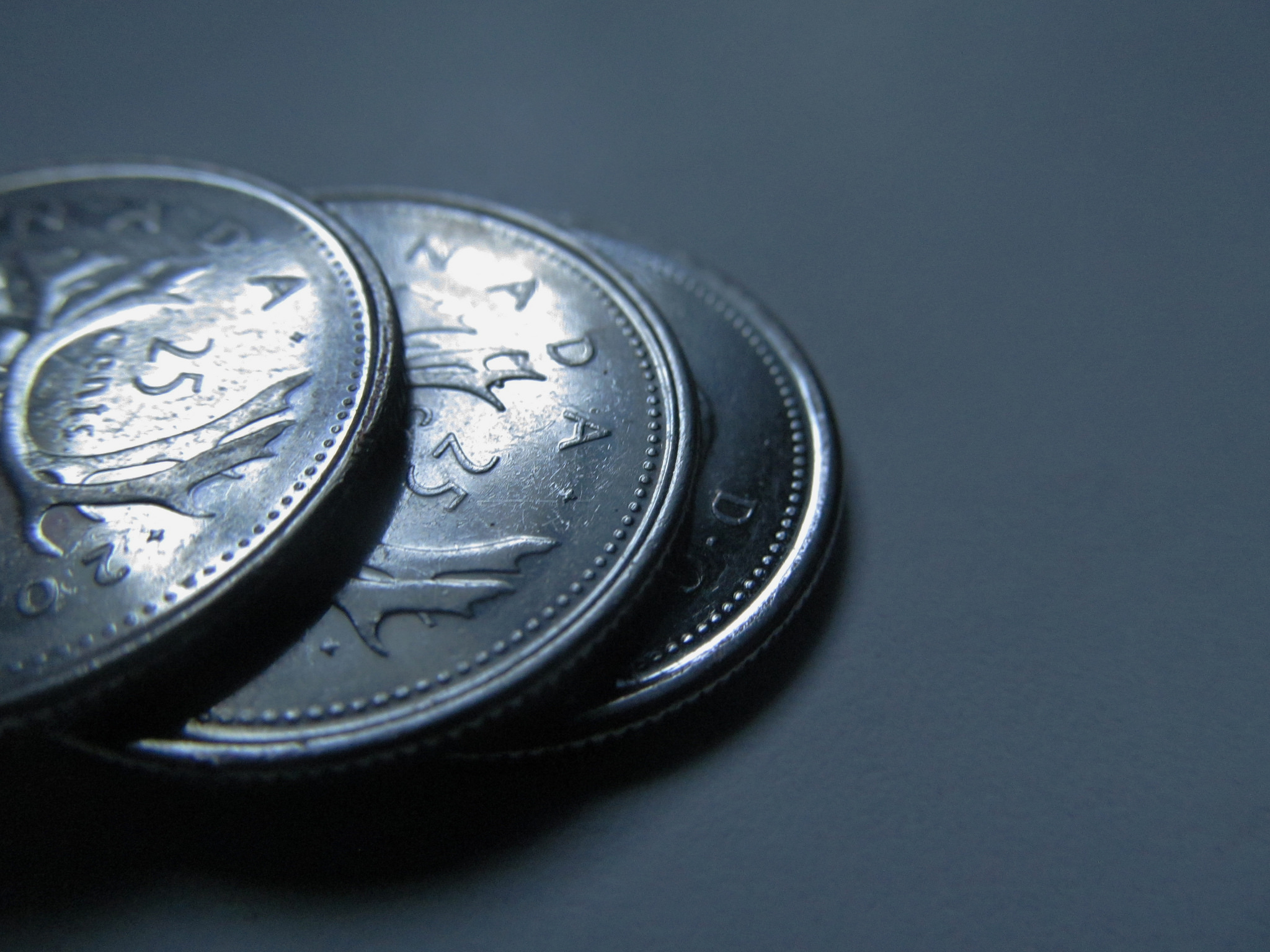Greener Homes Grant
Greener Homes Grant Program will stop accepting new applicants March of 2024.
Under Natural Resources Canada, the Government of Canada has the Greener Homes Grant which provides rebates when making your home more efficient. Available through this initiative is up to $5,000 to help homeowners make energy efficient retrofits to their homes. Also covered under the incentive is an EnerGuide evaluation worth up to $600 and expert advice so homeowners can begin to plan their retrofits.
Contact any of your local Nordic Dealers to learn more and check the Greener Homes Eligibility and Greener Homes Product Eligibility before applying.
Installation by a licensed and trained professional is mandatory – Eligibility Criteria
Rebates that are offered:
- Install a ground source heat pump – Full system: $5,000.
- Replace a ground source heat pump – Heat Pump unit only $3,000.
Provincial Rebates
Check out the provincial website in your province to see what grants are offered for installing a new heat pump system. Be sure to check your Nordic system type before installation as the system must be Energy Star Certified to qualify.
See the Available Residential Rebates
How Much Can You Save By Switching from Oil to a Heat Pump
Having these incentives to help homeowners convert from oil heating systems will make upgrading to an energy efficient heat pump more cost effective. Homeowners may be asking though: how much will they save monthly by upgrading their systems? How will these rebates affect the overall payback of the system?
As the inputs required to drive an oil furnace and a heat pump are different, it’s not easy to make an exact comparison on how much you’ll save switching from oil to a heat pump. To make an accurate comparison, we’ll have to compare a cost per Btu of heat provided by an oil furnace to the cost per Btu of heat provided by a heat pump.
Oil Heat
A homeowner owns a 1,700 square foot home with a forced air oil-fired furnace and their current oil heating bills are $3,252 per year. Their furnace operates at about 83% efficiency which means that for every litre of oil burned, about 83% is usable as heat energy. Based on oil being at $1.626/litre we know their furnace consumes 2,000 litres per year in oil.
Since one liter of heating oil contains 36,500 Btu of potential heat energy, and the furnace is only 83% efficient, some of that heat energy is lost up the flu. Meaning the system is only putting out 30,295 Btu of usable heat from a single liter. If you multiply the usable Btu by the total number of liters burned per year, we know that this homeowner needs 60,590,000 Btu per year to keep their home at a comfortable temperature.
Air Source Heat Pump
First comparison is the air source heat pump. When temperatures are warm, heat pumps don’t have to work hard to extract heat from the outdoor air and are very efficient. When temperatures are colder, the heat pump must work harder to extract heat as there is less heat in the outdoor air, which causes the efficiency to decrease. An air source heat pump efficiency rises and falls depending on the outdoor air temperature, so we will assume an average efficiency of 200%.
That means for every Btu of energy used to run the heat pump, it produces 2 Btu of usable heat energy. Let’s say the average utility rate is $0.15 per kilowatt hour. There are 3,412 Btu in a single kilowatt hour, but since the air source heat pump is 200% efficient, it’s able to turn 3,412 Btu into 6,824 Btu of usable heat energy. To satisfy the 60,590,000 Btu per year heat load, the heat pump will need to consume 17,757 kilowatt hours of electricity.
With an average utility rate of $0.15 per kilowatt hour, this will result in an estimate annual cost of $2,663.55 for the same amount of heat. Meaning the homeowner will save $588.45 per year, an 18% annual savings on heating costs.
Geothermal Heat Pump
Second comparison is the geothermal heat pump, which is light years ahead of them both with an efficiency of about 400%. Geothermal systems extract heat from the ground, and since the ground stays the same temperature year-round, it is easier to extract heat from than the outdoor air. So efficiency is much higher. Just imagine the annual savings when you install a ground source heat pump.
Initial installation costs may be higher, but the low monthly energy bill will be worth it. Also with help from the rebates, now is the best time to retrofit your home to be more efficient!
Photo Credit: Yasmeen


